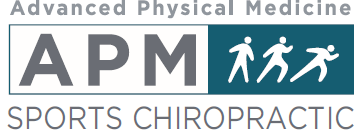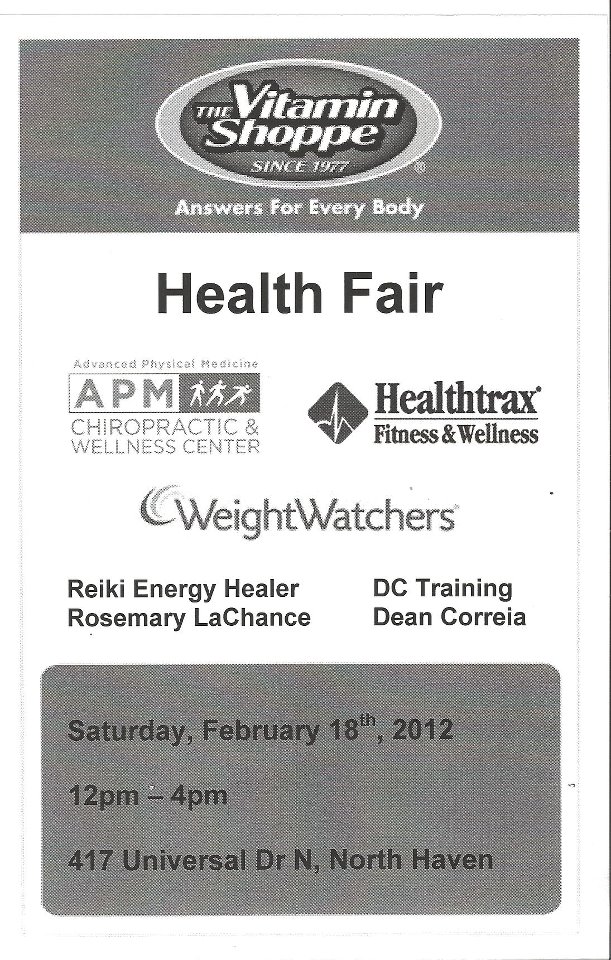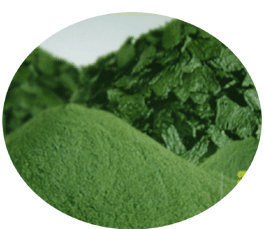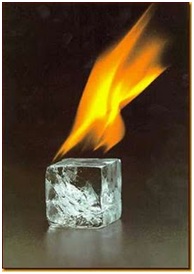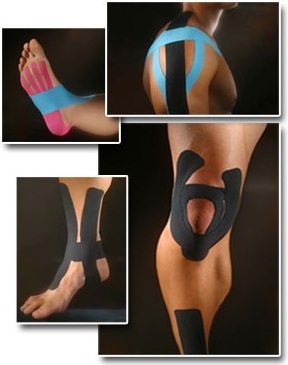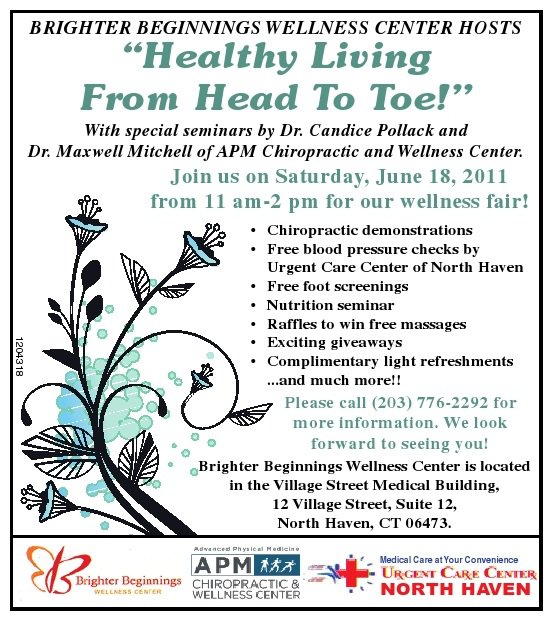Spirulina, a blue-green algae can help with allergy symptoms and exercise performance
Who knew an algae could be so beneficial?
Spirulina is a blue-green algae which is commercially produced and widely marketed as a "superfood" and immune booster. It is also a rich source of natural, plant-based iron, calcium, vitamin A and vitamin C, and an excellent source of plant protein, with up to 70% of its dry weight being protein. The alpha-linolenic acid profile in spirulina is the highest in the plant kingdom, coming in third overall behind milk and evening primrose oil.
A study published in the Spring 2005 isssue of theJournal of Medicinal Food indicated that ingested spirulina made a significant improvement in human patients with nasal allergies, also known as allergic rhinitis.
Too many people choose fashion over function when purchasing athletic shoes, not realizing that poor-fitting shoes can lead to pain throughout the body. Because footwear plays such an important role in the function of bones and joints—especially for runners and other athletes—choosing the right shoe can help prevent pain in your back, hips, knees, and feet.
Unfortunately, there is no such thing as the very best athletic shoe—every pair of feet is different, every shoe has different features, and overall comfort is a very personal decision. For this reason, it is recommended that you first determine your foot type: normal, flat, or high-arched.
Most Americans start their day with a cup of coffee and rely on an energy drink to get them through the rest of the work day, or that last hurdle of getting to the gym.
“What many people don’t realize is it's not a lack of sugar that makes us tired during the day—it's the fact that we're already consuming too much. Sugary foods and drinks cause blood sugar to spike, and you feel energized. To compensate, your body releases insulin, which quickly lowers blood sugar levels, causing you to "crash" and feel tired. If you indulge your sweet tooth throughout the day, your blood sugar yo-yos all day long. Having that late afternoon/early evening energy drink pulls you out of your post lunch “crash” and gives you the energy to get through the day or to the gym. “
You've sprained your ankle or are sore following a weekend of raking leaves. What to do now, ice or heat? This is one of the most frequently asked questions in our office. Following these tips will get you on the road to a quicker recovery.
What conditions do you think a chiropractor treats?
Back pain? Neck pain? Headaches?…..Can’t think of anything else?
If not you are probably in the majority of the population. Most people don’t think of going to the chiropractor for:
Beyond “hands only”
Interest in instruments to extend the “reach” of chiropractors, massage therapists, and others got a boost in the ’80s when David Graston suffered a debilitating sports injury. Graston’s disappointment with the rehabilitation methods of the day caused him to create several stainless steel instruments with various shapes and angled surfaces. These instruments were designed to augment hands-only approaches to healing. Doctors of chiropractic have always worked their fingers into injured soft tissue to increase blood flow and break up restrictions. But fingers alone cannot detect restrictions at deeper levels, nor can they match the ability of the right instruments to treat the full range of restrictions. Today, several companies produce handheld devices used to perform what’s known as instrument-assisted soft-tissue mobilization (IASTM).
According to the researchers at The Antiogenesis Foundation, many easily eaten foods help starve commonly occurring microscopic cancer cells. And help them from becoming a problem. This list, starting with green tea continues to grow over time as scientists verify the efficacy of various foods based on a body of research.
Many avid golfers contort their bodies into oddly twisted postures, generating a great deal of torque. Couple this motion with a bent-over stance, repeat 120 times over three or four hours, add the fatigue that comes with several miles of walking, and you’ve got a good workout—and a recipe for potential lower-back trouble. As America’s love affair with the game continues to grow, the American Chiropractic Association (ACA) has advice on how to take a proactive approach that will prepare your body for many years of pain-free play. “Most golfers go until they get hurt, and then look for help,” says Dr. David Stude, member of the ACA Sports Council and founding fellow of the National Golf Fitness Society. “Back pain is a warning sign that there is an underlying problem responsible for a symptom that will likely get worse. Doctors of chiropractic look for the cause of the symptom and help reduce the likelihood of future injury.” If you take the chiropractic approach, you’re in good company. According to Dr. Stude, Tiger Woods says that lifting weights and visiting his chiropractor regularly have made him a better golfer. Dr. Stude and the ACA suggest these simple measures to help you avoid back pain or injury and improve your game:
